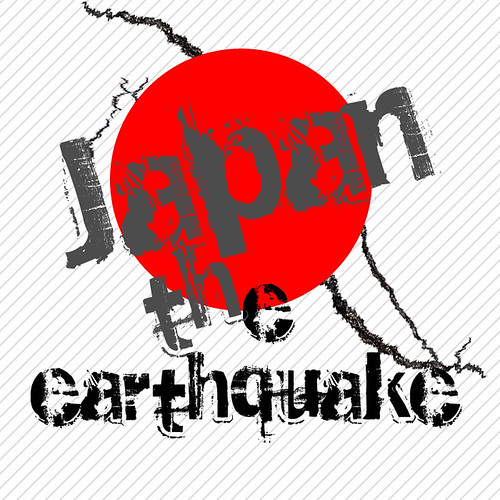
Recently Alex Fullick wrote a two-part post on his Stoneroads Blog outlining some learnings from the Japanese Earthquake/Tsunami.
Alex always makes good points and offers adoptable suggestions – you will find Part 1 with 7 learnings and Part 2 with another 11.
I encourage you to go and read Alex’s posts. I made an initial comment on part 2, but had some other thoughts that I decided to share here.
I have summarised Alex’s thoughts into 3 key points that I took away – you should summarise your own take away.
Ripples on the Pond.
Throw a stone into the water and watch the ripple spread out from the point of entry. So we should be approaching the type of scenarios we think about and perhaps plan for.
We need to ensure that our thinking and planning takes account of all the related impacts within the same scenario. When you are in a location like coastal Japan you need to link earthquake with tsunami – not think of them as different risks.
- Earthquake goes with Tsunami
- Tsunami and Flooding
- Earthquake implies prospect of utility outages (power, gas, phone, etc)
- Earthquake implies potential damage to all our physical assets, even the ones we put in place to mitigate other risks
Alex makes the very pertinent comment that a mature BCM/ERM Program should not be limited to single-focus situations.
Perhaps this is a measure we should all be adopting to determine the maturity of our programs.
The ripples also run wider.
- Earthquake/Tsunami is a wide-area impact, with potential to disrupt supply-chain
- Disrupted supply-chain is likely to mean adverse share market impact
We live in an inter-dependant world
Impacts on the far side of the world can impact you, sometimes rather quickly. This is a test of your situational awareness and sometimes your ability to detect what are called “weak signals”. Both are essential elements for resilience.
Some features of this inter-dependant and connected world;
- Real-time coverage of situations via social media
- Implies real-time awareness, and the need for very truthful Crisis Management
- Implies more noise to drown out your message on these same social media channels
- The supply-chain is global, and often lean or ‘Just in Time’
- How many companies acted quickly to protect their supplies when they saw the first images out of Japan?
- See the story at the start of Sheffi’s Resilient Enterprise, and see how many people you know who have an Ericson mobile phone these days!
- Agility and Responsiveness are the key attributes – and a culture that encourages people to detect and act on weak signals.
Don’t mistake the tool for the learning
Ultimately this was what prompted me to comment on Alex’s post initially. Back in Deccember ’09 I posted about our tendency to mistake the tool for the process.
We need to ensure that we do not mistake our desire to have the latest piece of technology or tools for gaining real learning from these incidents. THere will be a range of software (and consulting too) that will be promoted as being used in the Japanese response, or having been improved by incorporating the vendors learnings, probably gained from the watching these events on TV just like you.
A vendor cannot sell you a solution, they can sell you pieces of kit that you use to craft the solution. By all means buy new tools if you need them, they can often be helpful – but understand their place.
You cannot buy Agility, Responsiveness and Situational Awareness in a box!
You have to build a culture that fosters it, and develop these attributes in your people.
Thanks for the inspiration Alex, keep up the good work.
Here is the link again – go read the original.
Thanks Ken! I appreciate the support and kind words.
You have some good comments yourself here.
I especially like the “You cannot buy Agility, Responsiveness and Situational Awareness in a box.” I think we’re on the same page there. If it were that easy corporations wouldn’t suffer in crises.
Alex